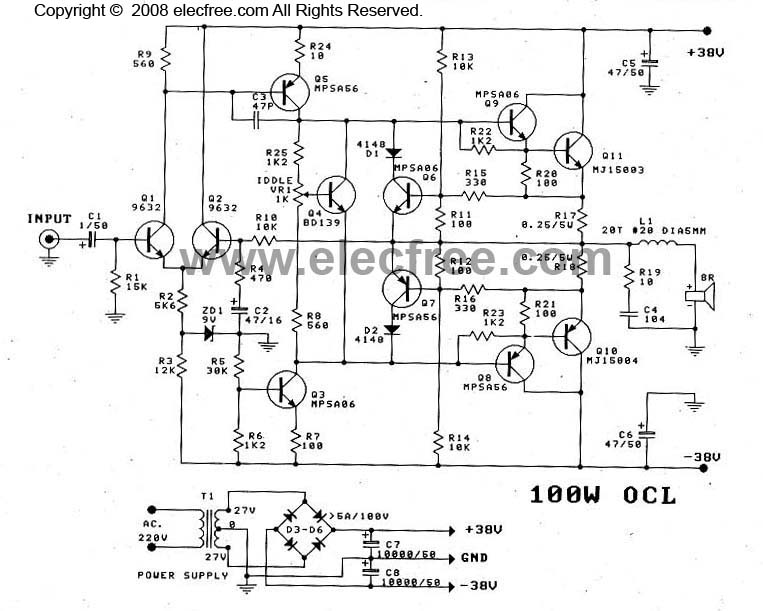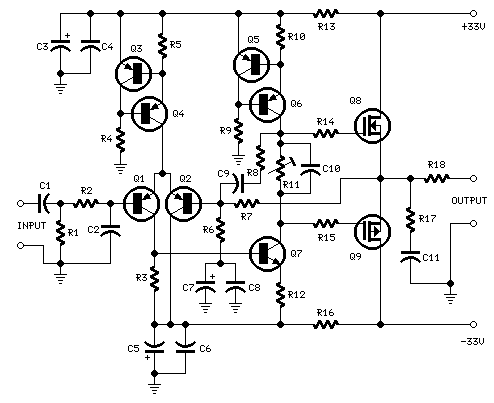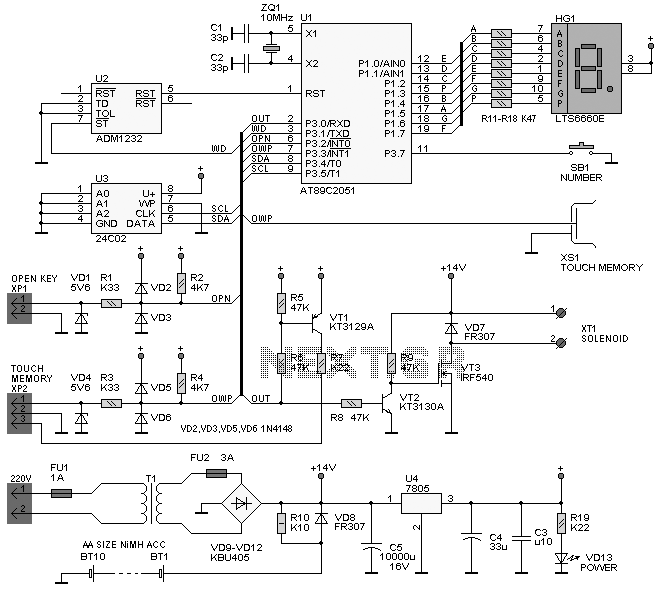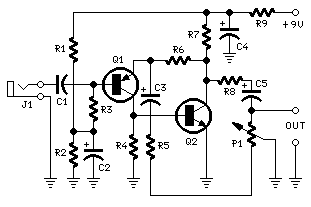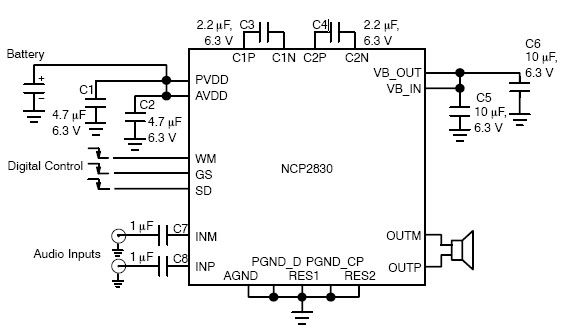
Data-based Load Pull Amplifier
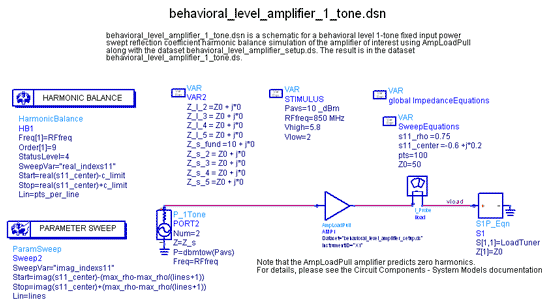
The AmpLoadPull project demonstrates the utilization of the AmpLoadPull and LoadPullSetup components in Advanced Design System (ADS). These components are part of the ADS behavioral model suite located within the System - Data Models palette. The schematic "circuit_level_amplifier_1_tone.dsn" represents a circuit-level simulation for a 1-tone fixed input power swept reflection coefficient harmonic balance analysis of the amplifier. Additionally, "behavioral_level_amplifier_setup.dsn" is a schematic that employs LoadPullSetup to create the behavioral model for the amplifier, with results stored in the dataset "behavioral_level_amplifier_setup.ds." Furthermore, "behavioral_level_amplifier_1_tone.dsn" provides a schematic for a behavioral level 1-tone fixed input power swept reflection coefficient harmonic balance simulation of the amplifier using AmpLoadPull, with results stored in the dataset "behavioral_level_amplifier_1_tone.ds." Figure 1 presents a comparison of circuit and behavioral level results from a Harmonic Balance load pull analysis, specifically detailing the power delivered to the load and power added efficiency for both 50 Ohm and 10 Ohm reference impedances, showing generally good agreement.
The AmpLoadPull project is a comprehensive framework designed for analyzing amplifier performance using two primary methodologies: circuit-level and behavioral-level simulations. The project leverages the capabilities of ADS, which provides a robust environment for simulating RF and microwave circuits. The AmpLoadPull component is specifically engineered to facilitate load-pull analysis, allowing engineers to evaluate how varying load impedances affect amplifier performance metrics such as output power and efficiency.
The "circuit_level_amplifier_1_tone.dsn" schematic is crucial for performing a detailed circuit-level analysis. It incorporates a fixed input power level while sweeping the reflection coefficient to assess the amplifier's harmonic balance across a single tone. This simulation aims to provide insights into the amplifier's linearity and efficiency under defined input conditions.
In contrast, the "behavioral_level_amplifier_setup.dsn" schematic serves as a foundational setup for generating behavioral models. By utilizing LoadPullSetup, this schematic allows for the abstraction of complex amplifier behaviors into manageable models that can be easily manipulated and simulated. The results from this setup are essential for understanding the amplifier's performance in a more generalized context without the need for intricate circuit-level details.
The "behavioral_level_amplifier_1_tone.dsn" schematic further extends the analysis by employing the AmpLoadPull component to conduct a behavioral-level simulation. This approach enables the examination of how the amplifier behaves under varying conditions while maintaining a fixed input power level. The dataset "behavioral_level_amplifier_1_tone.ds" stores the results of this simulation, which can be compared against the circuit-level results to identify discrepancies and validate the accuracy of the behavioral model.
Figure 1 serves as a visual representation of the comparative analysis between circuit-level and behavioral-level results from the Harmonic Balance load pull analysis. It highlights critical performance metrics, specifically the power delivered to the load and power added efficiency, across different reference impedances (50 Ohm and 10 Ohm). The generally good agreement observed in the results underscores the reliability of both simulation methodologies in predicting amplifier performance. This comprehensive approach provides engineers with valuable insights into the design and optimization of amplifiers for various applications.The AmpLoadPull project illustrates the use of the AmpLoadPull and LoadPullSetup components in ADS. These components are part of the ADS behavioral model suite found under the System - Data Models palette. "circuit_level_amplifier_1_tone. dsn" is a schematic for a circuit level 1-tone fixed input power swept reflection coefficient harmonic balance simulation of the amplifier.
The result is in the dataset "circuit_level_amplifier_1_tone. ds. " "behavioral_level_amplifier_setup. dsn" is a schematic using LoadPullSetup for the generation of the behavioral model for the amplifier. The result is in the dataset "behavioral_level_amplifier_setup. ds. " "behavioral_level_amplifier_1_tone. dsn" is a schematic for a behavioral level 1-tone fixed input power swept reflection coefficient harmonic balance simulation of the amplifier of interest using AmpLoadPull along with the dataset "behavioral_level_amplifier_setup.
ds. " The result is in the dataset "behavioral_level_amplifier_1_tone. ds. " In Figure 1, a comparison of circuit and behavioral level results is given for a Harmonic Balance loadpull analysis. Specifically, results for power delivered to the load and power added efficiency are given for both a 50 Ohm and 10 Ohm reference impedance.
The agreement is generally good. 🔗 External reference
The AmpLoadPull project is a comprehensive framework designed for analyzing amplifier performance using two primary methodologies: circuit-level and behavioral-level simulations. The project leverages the capabilities of ADS, which provides a robust environment for simulating RF and microwave circuits. The AmpLoadPull component is specifically engineered to facilitate load-pull analysis, allowing engineers to evaluate how varying load impedances affect amplifier performance metrics such as output power and efficiency.
The "circuit_level_amplifier_1_tone.dsn" schematic is crucial for performing a detailed circuit-level analysis. It incorporates a fixed input power level while sweeping the reflection coefficient to assess the amplifier's harmonic balance across a single tone. This simulation aims to provide insights into the amplifier's linearity and efficiency under defined input conditions.
In contrast, the "behavioral_level_amplifier_setup.dsn" schematic serves as a foundational setup for generating behavioral models. By utilizing LoadPullSetup, this schematic allows for the abstraction of complex amplifier behaviors into manageable models that can be easily manipulated and simulated. The results from this setup are essential for understanding the amplifier's performance in a more generalized context without the need for intricate circuit-level details.
The "behavioral_level_amplifier_1_tone.dsn" schematic further extends the analysis by employing the AmpLoadPull component to conduct a behavioral-level simulation. This approach enables the examination of how the amplifier behaves under varying conditions while maintaining a fixed input power level. The dataset "behavioral_level_amplifier_1_tone.ds" stores the results of this simulation, which can be compared against the circuit-level results to identify discrepancies and validate the accuracy of the behavioral model.
Figure 1 serves as a visual representation of the comparative analysis between circuit-level and behavioral-level results from the Harmonic Balance load pull analysis. It highlights critical performance metrics, specifically the power delivered to the load and power added efficiency, across different reference impedances (50 Ohm and 10 Ohm). The generally good agreement observed in the results underscores the reliability of both simulation methodologies in predicting amplifier performance. This comprehensive approach provides engineers with valuable insights into the design and optimization of amplifiers for various applications.The AmpLoadPull project illustrates the use of the AmpLoadPull and LoadPullSetup components in ADS. These components are part of the ADS behavioral model suite found under the System - Data Models palette. "circuit_level_amplifier_1_tone. dsn" is a schematic for a circuit level 1-tone fixed input power swept reflection coefficient harmonic balance simulation of the amplifier.
The result is in the dataset "circuit_level_amplifier_1_tone. ds. " "behavioral_level_amplifier_setup. dsn" is a schematic using LoadPullSetup for the generation of the behavioral model for the amplifier. The result is in the dataset "behavioral_level_amplifier_setup. ds. " "behavioral_level_amplifier_1_tone. dsn" is a schematic for a behavioral level 1-tone fixed input power swept reflection coefficient harmonic balance simulation of the amplifier of interest using AmpLoadPull along with the dataset "behavioral_level_amplifier_setup.
ds. " The result is in the dataset "behavioral_level_amplifier_1_tone. ds. " In Figure 1, a comparison of circuit and behavioral level results is given for a Harmonic Balance loadpull analysis. Specifically, results for power delivered to the load and power added efficiency are given for both a 50 Ohm and 10 Ohm reference impedance.
The agreement is generally good. 🔗 External reference
